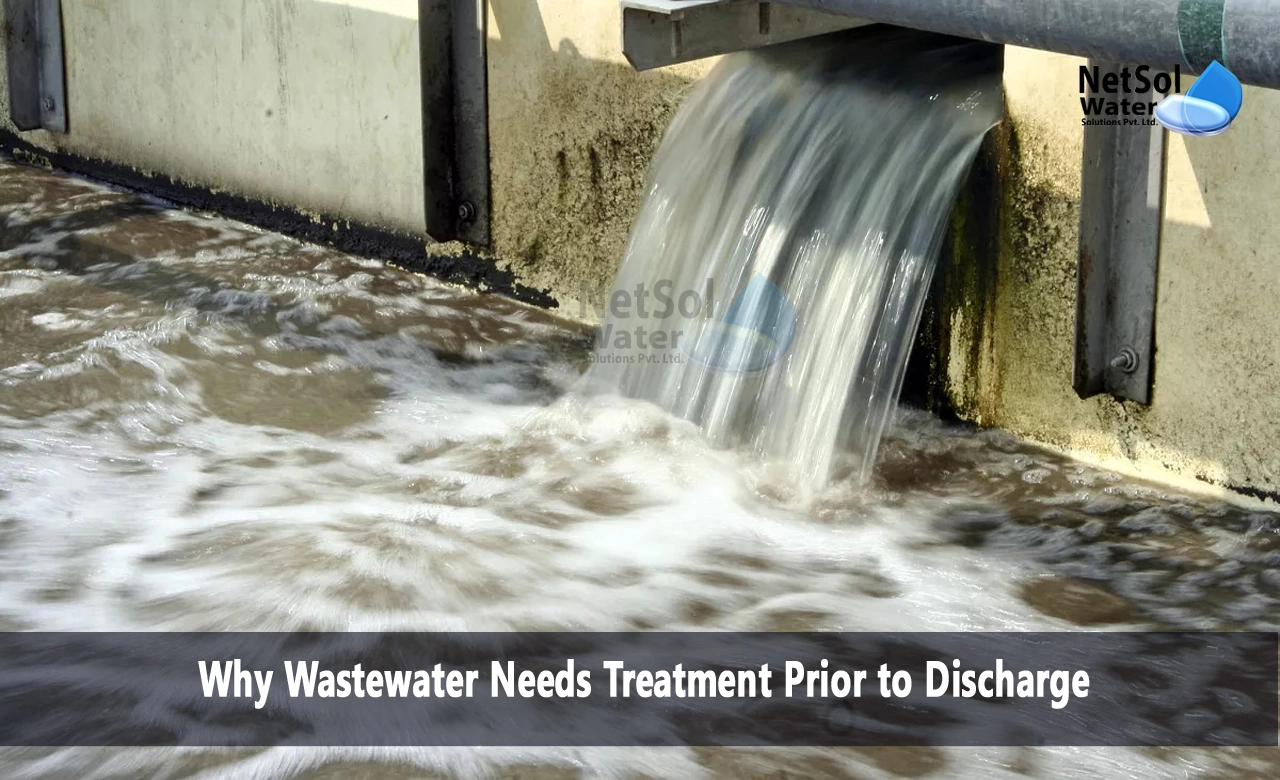In today's world, industries, households, and agricultural activities generate immense volumes of wastewater daily. This contaminated water, if not properly handled and evaluated, can pose grave risks to public well-being and the environment. Consequently, thorough testing of wastewater quality before discharge has become an indispensable necessity. We will explores the significance of treating wastewater, the methods utilized to assess its quality, and the processes employed to ensure safe release.
Why Wastewater Needs Treatment Prior to Discharge?
Releasing untreated wastewater can wreak havoc on ecosystems and human health. Here are some compelling reasons why wastewater must undergo treatment before being released into the environment:
1. Protecting Water Bodies: Discharging untreated wastewater into rivers, lakes, or oceans can lead to the proliferation of harmful bacteria, viruses, and excessive nutrient levels, causing algal blooms and depleted oxygen levels, which can devastate aquatic life.
2. Safeguarding Public Well-being: Wastewater often contains pathogens, toxic substances, and hazardous chemicals that can contaminate drinking water sources, posing severe health risks to communities relying on these sources.
3. Preventing Environmental Degradation: Untreated wastewater can harm soil quality, vegetation, and wildlife habitats, leading to ecological imbalances and biodiversity loss.
4. Adhering to Regulations: Most regions have strict environmental laws and regulations governing wastewater discharge, and non-compliance can result in hefty fines or legal consequences.
Evaluating Wastewater Quality
Assessing the quality of wastewater involves a series of tests and analyses to determine the presence and concentration of various contaminants. Here are some common methods employed:
1. Physical Testing: This includes measuring parameters such as pH, temperature, color, odor, and turbidity, which can provide valuable insights into the wastewater's physical characteristics.
2. Chemical Testing: Chemical tests analyze the presence and levels of organic and inorganic compounds, heavy metals, nutrients (like nitrogen and phosphorus), and other pollutants in the wastewater.
3. Biological Testing: These tests evaluate the presence and concentration of microorganisms, including bacteria, viruses, and protozoa, which can pose health risks if not adequately treated.
4. Toxicity Testing: Toxicity tests assess the potential harmful effects of wastewater on aquatic life, such as fish, invertebrates, and plants, by exposing them to the treated effluent in controlled environments.
5. Field Monitoring: On-site monitoring of wastewater discharge points can provide real-time data on the quality of the effluent and its impact on the receiving water body.
Treatment Processes for Wastewater
Treating wastewater to meet discharge standards typically involves a combination of physical, chemical, and biological processes. Here are some common treatment methods:
1. Preliminary Treatment: This initial stage involves the removal of larger solids, such as rags, sticks, and grit, through screening and sedimentation processes.
2. Primary Treatment: Primary treatment aims to remove suspended solids and organic matter through sedimentation tanks or clarifiers, where heavier particles settle to the bottom, and lighter materials are skimmed off the surface.
3. Secondary Treatment: This stage uses biological processes, such as activated sludge systems or trickling filters, to break down organic matter and remove dissolved pollutants through the action of microorganisms.
4. Tertiary Treatment: Tertiary treatment is an advanced step that employs various processes, including filtration, disinfection (using chlorine, UV light, or ozone), and nutrient removal, to further enhance the quality of the treated wastewater.
5. Sludge Treatment: The solid waste byproducts generated during the treatment process, known as sludge, must also undergo treatment, such as stabilization, thickening, dewatering, and disposal or beneficial reuse (e.g., as fertilizer or soil conditioner).
6. Advanced Treatment: In some cases, additional treatment methods like reverse osmosis, advanced oxidation, or membrane filtration may be required to meet stringent discharge standards or facilitate water reuse.
Conclusion
Ensuring the safe discharge of wastewater is a critical responsibility that safeguards public well-being, protects ecosystems, and promotes environmental sustainability. By implementing comprehensive testing procedures and employing effective treatment processes, industries, municipalities, and communities can effectively manage wastewater and minimize its adverse impacts.
Regular monitoring and adherence to regulatory standards are essential to maintain the quality of discharged wastewater. Additionally, investing in advanced treatment technologies and promoting water reuse practices can contribute to the conservation of valuable water resources.
As urban populations grow and industrial activities expand, the demand for efficient wastewater treatment and testing will continue to rise. By prioritizing this crucial aspect of environmental management, we can collectively work towards a cleaner, healthier, and more sustainable future for generations to come.
Netsol Water is Greater Noida-based leading water & wastewater treatment plant manufacturer. We are industry's most demanding company based on client review and work quality. We are known as best commercial RO plant manufacturers, industrial RO plant manufacturer, sewage treatment plant manufacturer, Water Softener Plant Manufacturers and effluent treatment plant manufacturers. Apart from this 24x7 customer support is our USP. Call on +91-9650608473, or write us at enquiry@netsolwater.com for any support, inquiry or product-purchase related query.



